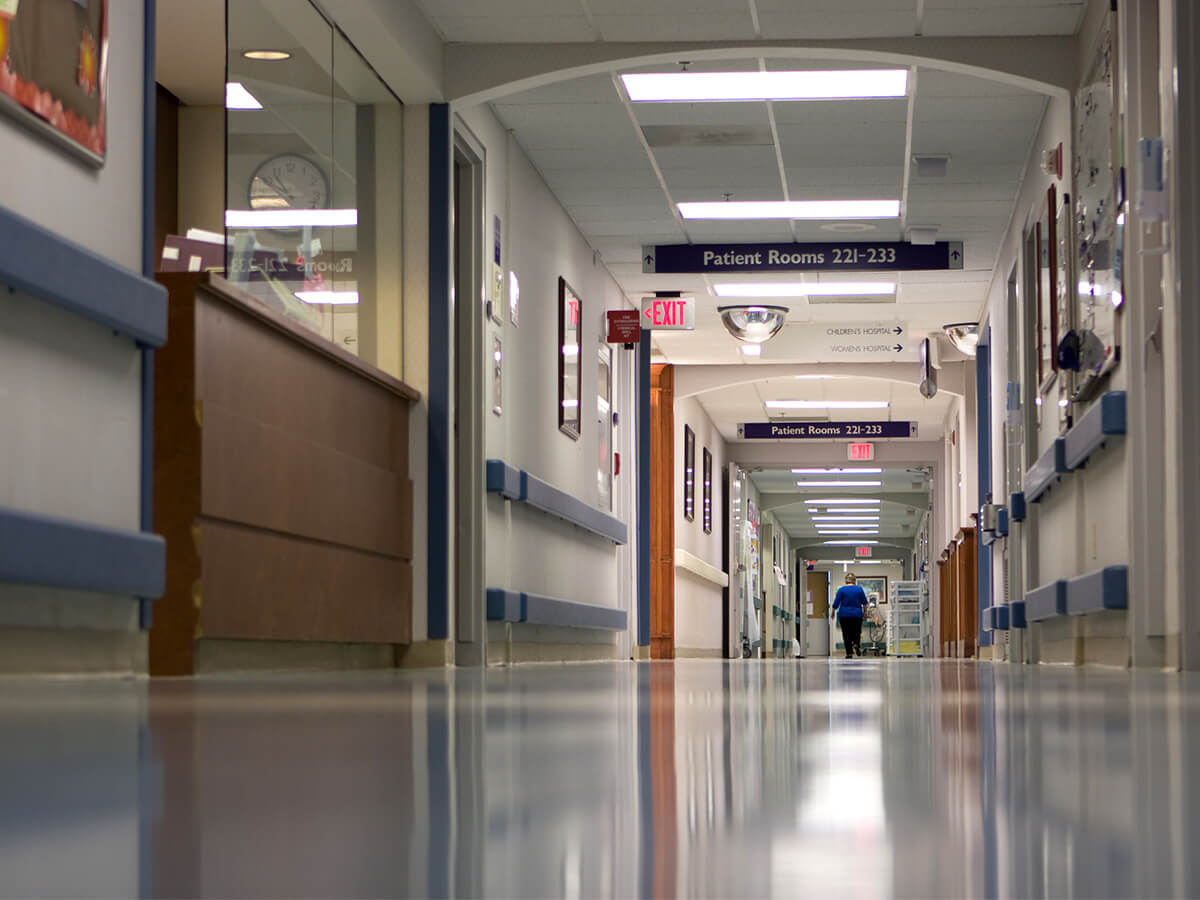People often ask me what I do as a Nurse Practitioner in the Cardiovascular Surgical Intensive Care Unit (CVSICU) because the role is ambiguous to much of the general population. First established in 1965, the role of the Nurse Practitioner (NP) was developed in response to a provider shortage, to help care for the pediatric population in rural and urban America. The newness and versatility of the profession often creates confusion because we now serve all patient populations and our scope of practice is constantly expanding. To many, if you’re not a nurse, you’re probably a physician or vice versa. In our current state of healthcare, all hands have to be on deck to help care for an exceedingly complex patient population and NPs are filling the widening gap.
Daily tasks of a Nurse Practitioner vary by certification, institution, unit, or clinic. I am a doctorally-educated (DNP) and Acute Care Nurse Practitioner certified in Adult-Gerontology through the AACN. I work in a hospital system that allows me to practice quite independently, although the state I work in does pose some restrictions on me to practice completely independently. However, I honestly don’t notice any difference and I don’t feel my practice is limited in any way, in a hospital setting.
My schedule in the CVSICU is three, thirteen-hour shifts per week. Most of the NP’s on my team prefer to work three days on, one-off, another three on, then seven off. In simpler terms, we work almost a week on, and then get a week off. The shifts are very exhausting, but the time off is a huge bonus, allowing us to travel, rest, or even work another job.
On the days I work, I wake up at 4:30am and am sitting down at my desk no later than 5:30am. Each NP is assigned to one of our eight CVICUs. I pre-round on all twelve to fourteen patients by assessing labs, diagnostic tests, such as the morning chest x-rays, and comb the consult notes on each patient from the previous day. I receive a report from the night shift NP and then do a quick round with the night shift nurses. I put in morning orders, such as intravenous fluid, blood products, and vasoactive medications. Then, I address any urgent issues from the previous night. By this time, the surgery fellows will start locating me to discuss a plan for each of their patients.
Next, I head to sign out for all of the units between 7:15-7:30am and meet the physician with whom I will be splitting the unit with for the day. Typically the physician will take half of the patient load on the unit in no particular order. Together, the physician and I will do a quick round on the unit and I will report my findings from overnight and the plan for the day from the surgery team.
After we have established our plans, ideally we will both (me and the physician) write notes and communicate our plans to the nursing staff, pending any emergency situations. I will start calling consults on patients and arranging for procedures to be done. Of note, NPs can do procedures, such as central line placement, dialysis cath placement, arterial line placement, intubation, pulmonary artery catheter placement, and more if they are credentialed, but our hospital has a procedure team they use during day shift simply due to the sheer volume of patients we have. I write transfer orders on patients who are leaving that day and prep the charts of the new surgeries being admitted.
Typically by 3:00pm, my unit physician leaves for the day. There is always one available if needed, but the NP’s are the first contact for the ICU team in case of an emergency. Depending on the unit, I admit anywhere from two to eight cases per day. Units with lower turnover, like device units, have fewer admissions, while fast-track units with simpler surgeries and more turnover have more admissions. Unlike some institutions, where I work, the NP’s write all of their own notes and bill appropriately for each patient and/or procedure.
Around 4:00pm I do one last check of each patient’s chart. I assess current labs and diagnostics and once again, make sure consult recommendations have been ordered and communicated. I sign out to the night shift NP and leave between 7:00-7:30pm.
These days are extremely long, but I love my job for so many reasons. I practice very independently and my teammates and I are always present on the unit. We are the connectors of care between shifts, nursing, and physicians. We tie up so many loose ends and ensure the patients on the unit are receiving top-of-the-line care at all hours of the day.
If you are interested in becoming an acute care nurse practitioner, read this guide for more info and consider the acute care nurse practitioner question bank from BoardVitals for studying and/or board review.




